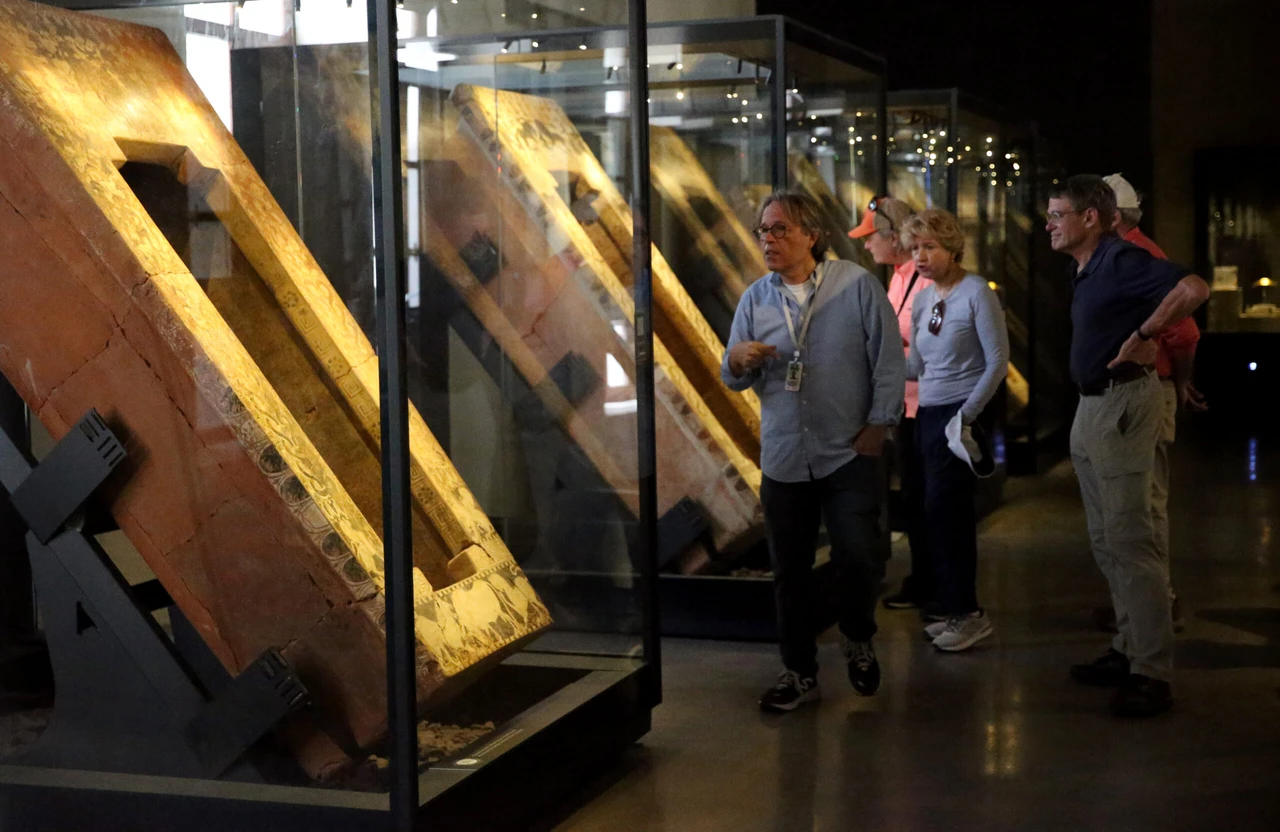Can Acropolis survive Athens’ raging wildfires?
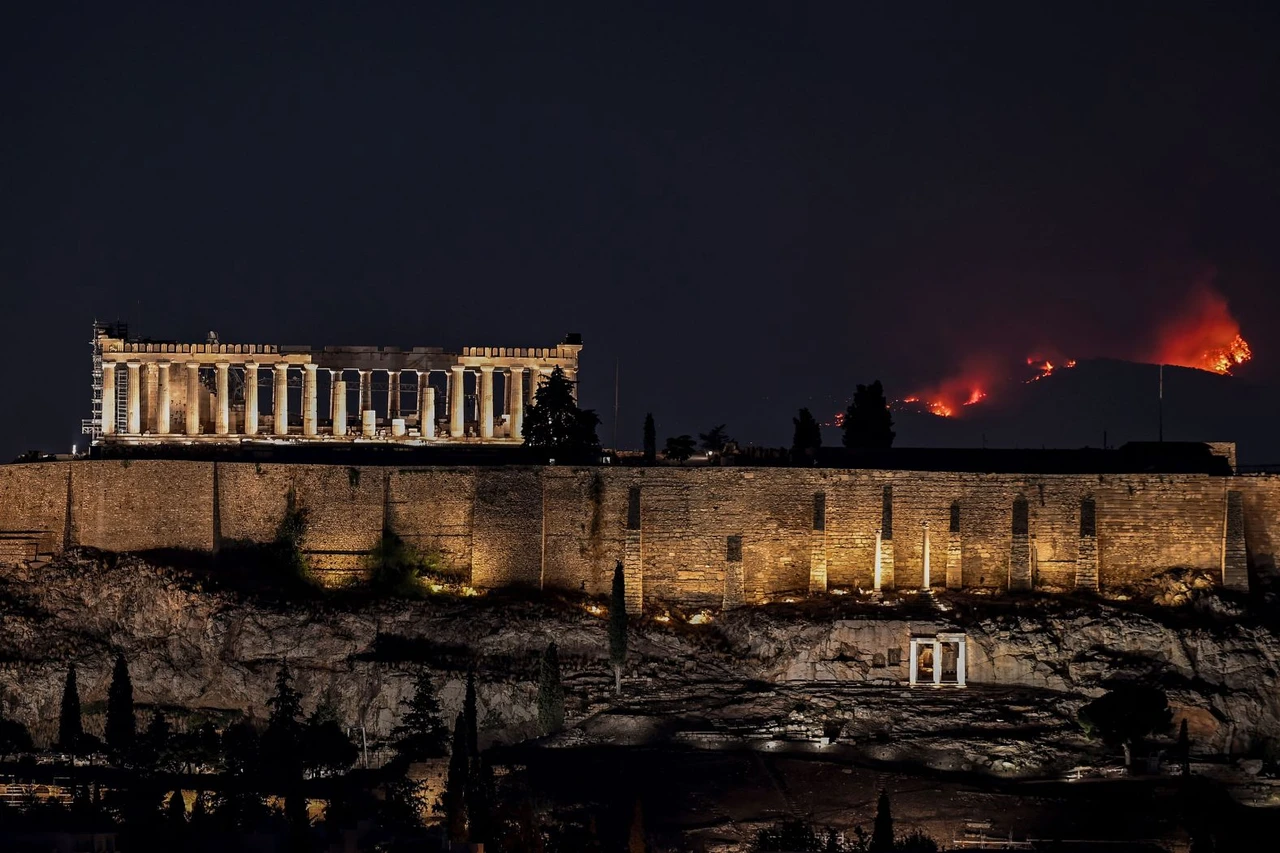 Flames from a wild fire are seen behind the Parthenon Temple atop the Acropolis hill, in Athens, Greece, August 23, 2023. (AFP Photo)
Flames from a wild fire are seen behind the Parthenon Temple atop the Acropolis hill, in Athens, Greece, August 23, 2023. (AFP Photo)
The historic monuments of Athens, particularly the Acropolis, face new threats. The fires currently blazing across the region have raised concerns about the potential impact on one of the most iconic symbols of ancient Greece.
As of Aug. 14, wildfires continue to burn around Athens, with smoke already covering parts of the city, including the Acropolis. Although the ongoing crisis seems to threaten the historical monument severely, it is not the first time Acropolis’ resilience has been tested.
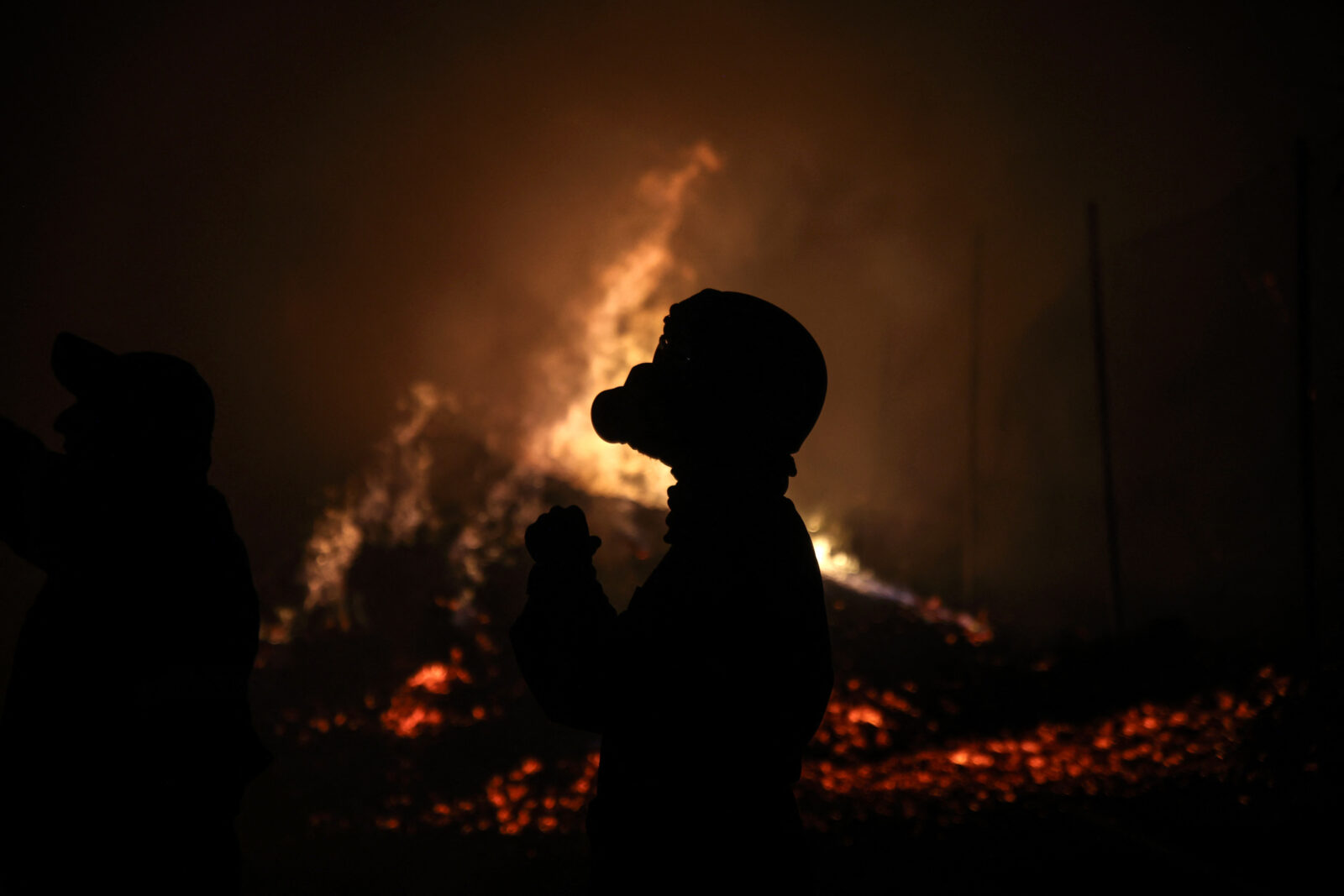
Present threat of wildfires in Athens, proximity to Acropolis
The current wildfire near Athens has been described as one of the most severe in recent memory. The fire started in the town of Varnavas, north of Athens, on Sunday afternoon and rapidly spread toward the capital.
By Monday, the fire had moved into urban areas, including Chalandri and Vrilissia, both close to the city center. The dense smoke from the blaze has shrouded the Acropolis in a dark cloud, reminiscent of the destruction it has weathered over centuries.
In a gesture of solidarity, three Turkish firefighting aircraft arrived in Athens on Tuesday to assist in battling the wildfires. These aircraft, which include two planes and a helicopter, landed at Eleftherios Venizelos International Airport and have been deployed to aid Greek emergency services.
The offer of assistance from Türkiye was made earlier this week as the fires continued to escalate, threatening numerous towns and villages near Athens. The fire, which began in the Varnavas area, quickly expanded, creating a fire front over 30 kilometers (18.6 miles) long, prompting mass evacuations.
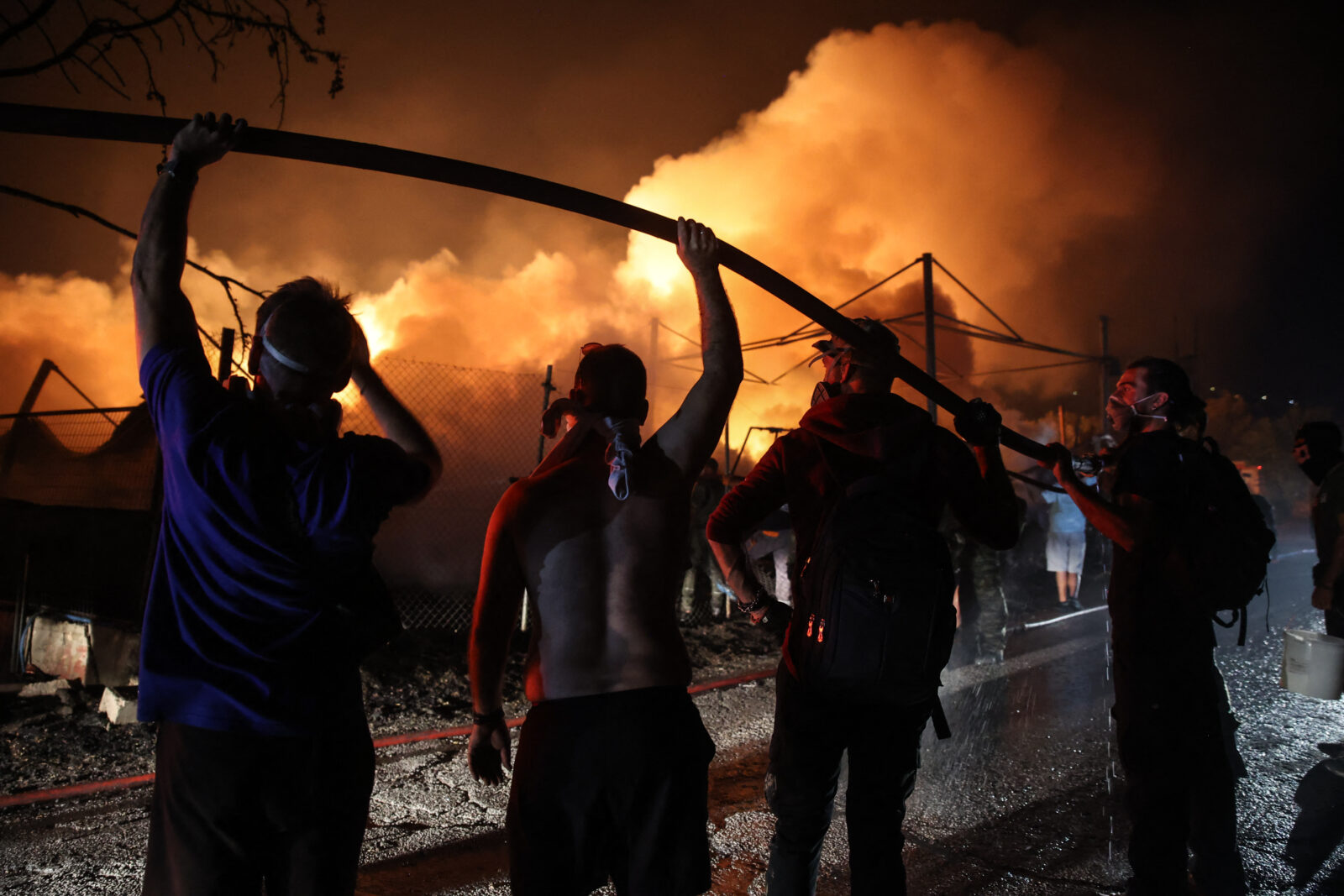
How are Greek authorities tackling fire in Greece?
Greek authorities have mobilized over 700 firefighters, 199 vehicles, and 35 aircraft to combat the flames, with additional support from other European countries, including France and Italy. Despite these efforts, the fire continues to pose a significant threat, particularly due to strong winds and prolonged drought, which have exacerbated the situation.
The situation has led to several evacuations around Athens, with residents in areas such as Penteli being urged to leave their homes. Penteli, located near Mount Penteli, is surrounded by wooded terrain, making it particularly vulnerable to wildfires. The National Observatory of Athens, founded in 1842, is also under threat as the flames approach.
The speed and intensity of the wildfire have sparked fears that Greece may experience a repeat of the catastrophic fires from last summer, which devastated several regions and islands. The potential for a disaster of this scale raises a crucial question: could the Acropolis, a monument that has endured countless trials, survive a wildfire of this magnitude?

Historical resilience of Acropolis to fires, invasions, destruction through centuries
The Acropolis has withstood numerous disasters throughout its long history, including fires, invasions, and deliberate destruction. One of the earliest recorded instances of fire damage to the Acropolis occurred in 267 A.D. when the Heruli, a Germanic tribe, invaded Athens and set fire to the city. This fire severely damaged the Acropolis, with scars from the flames still visible on its marble structures today.
Centuries later, in 1687, the Acropolis faced one of its most significant challenges during the Venetian siege of Athens. The Venetians, led by Francesco Morosini, bombarded the Acropolis, where the Ottomans had stored gunpowder inside the Parthenon. A direct hit led to a massive explosion, causing extensive damage to the structure. This event, often cited as one of the most devastating in the Acropolis’s history, left the Parthenon in ruins and severely affected the surrounding monuments.
More recently, the Acropolis and its surrounding areas faced a significant wildfire threat in 2023. During that summer, Athens was shrouded in thick smoke as fires raged in nearby regions, including Parnitha. These fires burned homes and created dangerous conditions across the capital, leading to widespread evacuations. The smoke from the 2023 wildfires even blanketed the Acropolis, raising alarms about the potential long-term damage to this ancient monument.
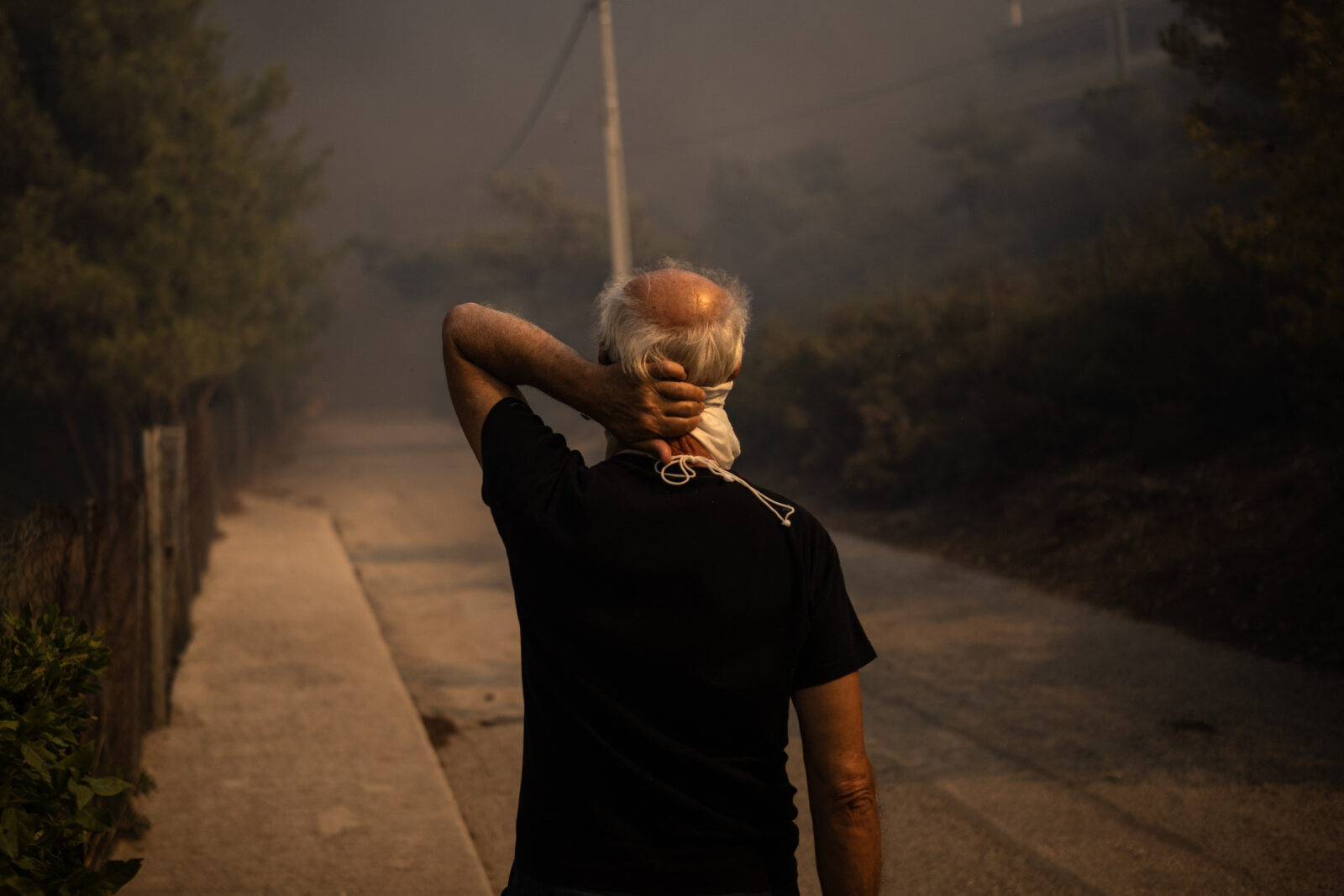
Preparedness of Acropolis for environmental disasters
While the Acropolis has survived fires in the past, the current situation presents unique challenges. Wildfires fueled by climate change are becoming increasingly intense, and the dry, hot conditions in Greece this summer have created a perfect storm for disaster.
The fire near Athens has already burned through vast areas of forest and urban land, and its proximity to the Acropolis raises concerns about the potential impact on these ancient structures.
The smoke from the wildfire is particularly concerning. While the Acropolis itself is not flammable, the acidic compounds in the smoke can cause significant damage to the marble over time. Prolonged exposure to smoke can lead to the erosion of the marble surfaces, weakening the structures and potentially leading to further deterioration.
Moreover, the intense heat from the fires could cause thermal damage to the ancient stones. Marble is sensitive to temperature changes, and the extreme heat from a nearby wildfire could cause cracks or other forms of damage. This is especially concerning given the Acropolis’s already fragile state due to centuries of wear and previous damages.
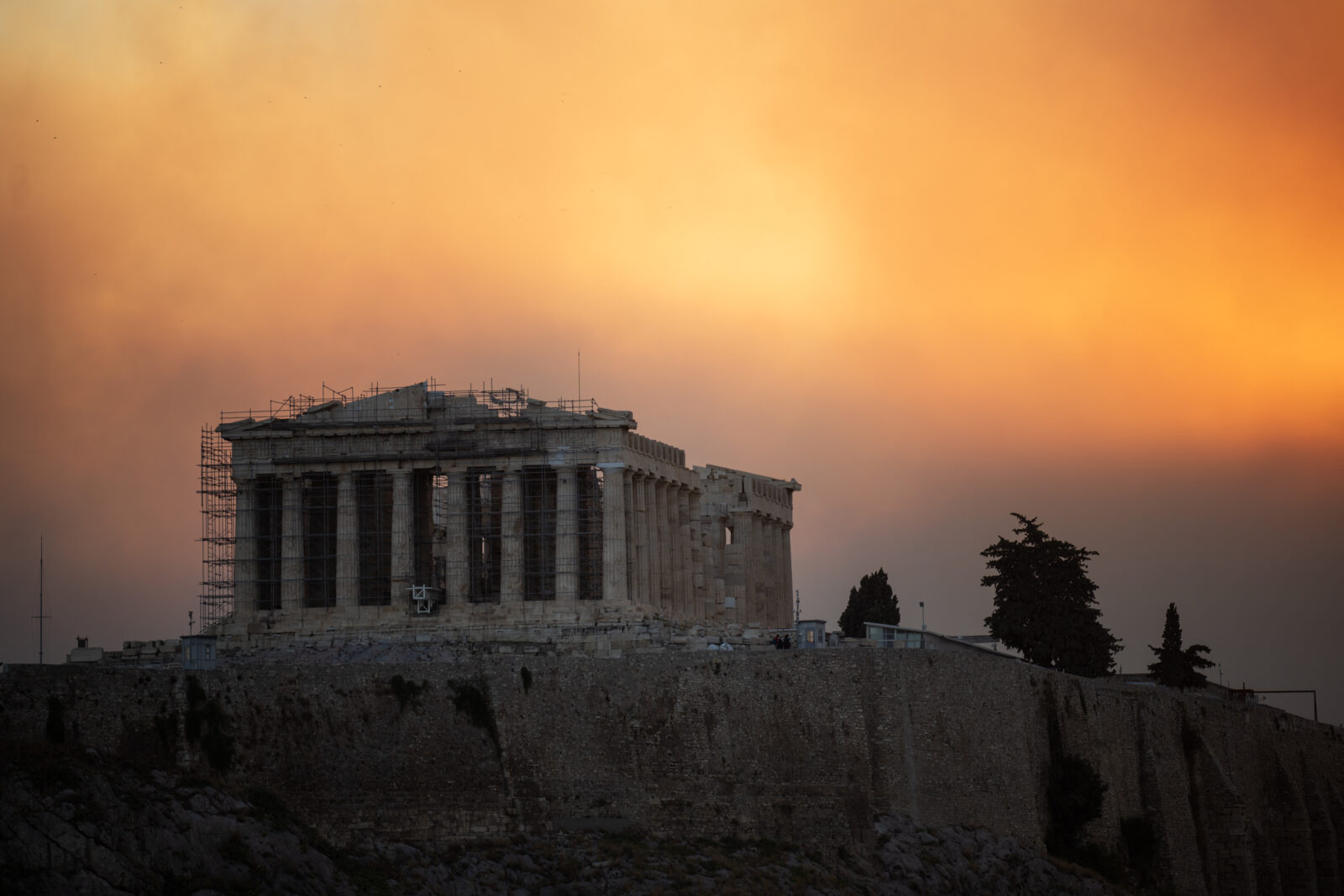
Preservation, restoration efforts of Acropolis amidst environmental threats
Significant efforts have been made to restore and preserve the Acropolis in recent years. These efforts include structural reinforcements, the removal of oxidized iron clamps used in earlier restorations, and the careful cleaning and preservation of the marble surfaces. However, these efforts could be undermined if the current wildfire were to reach the Acropolis.
The Greek authorities have implemented various measures to protect the Acropolis and other monuments from potential fire damage. This includes the creation of firebreaks around the Acropolis, the installation of fire detection systems, and the readiness of fire crews to respond quickly to any threats. Despite these precautions, the sheer scale of the current wildfire poses a formidable challenge.
